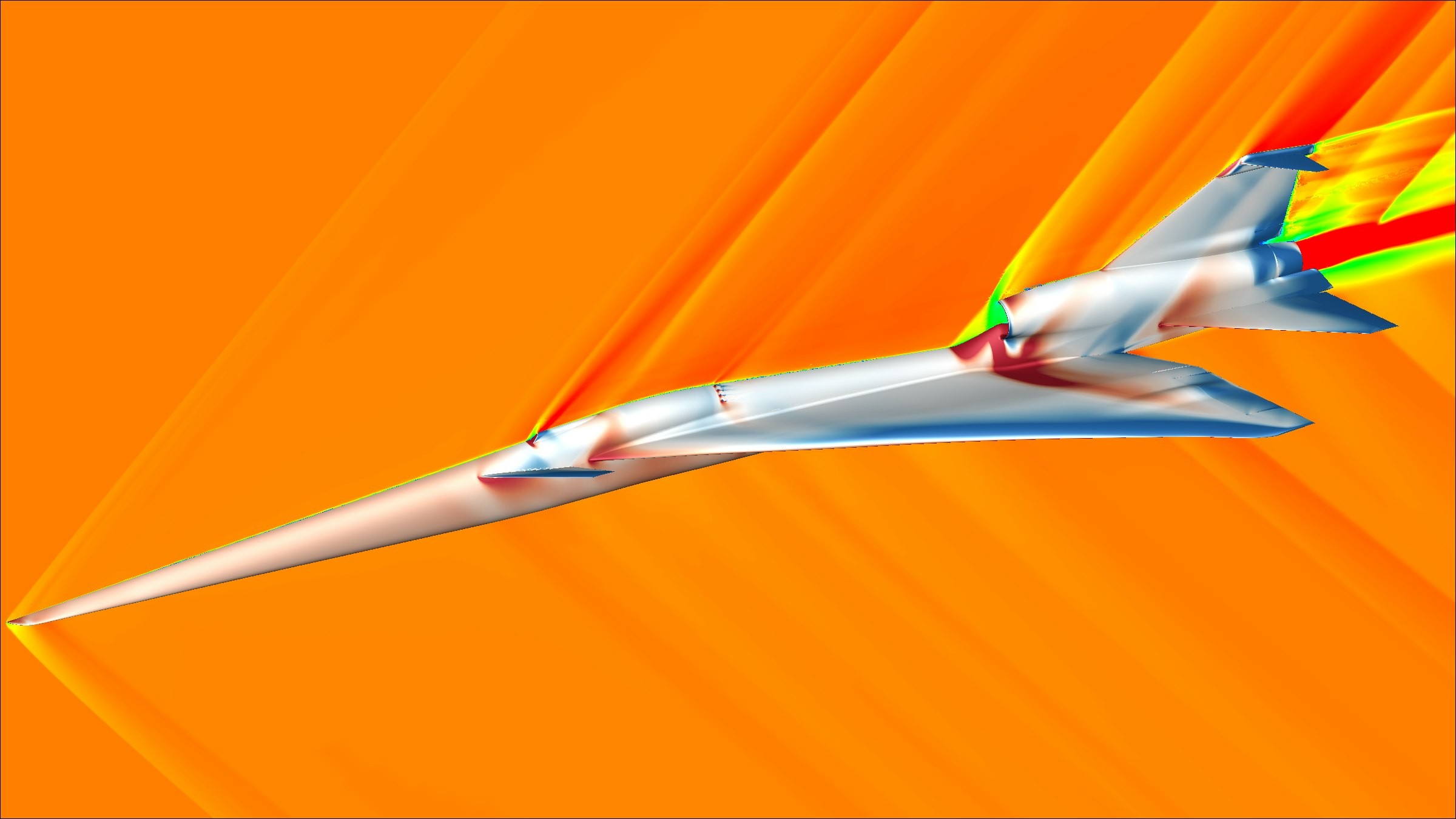
Seventy-five years is a long time for a technology to mature. In the case of supersonic flight, the technology has matured dramatically since Chuck Yeager first broke the sound barrier on October 14, 1947. However, you might notice that currently, you can’t hop on a commercial supersonic jet. The reason is simple, close to seventy-five years after the technology was first developed, NASA thinks it might have a solution for its biggest hurdle.
That hurdle, of course, is the sonic “boom.” The observers of Chuck Yaeger’s inaugural flight were the first people ever to experience it. But when test planes started consistently breaking the barrier, the booms started to annoy people.
OK, that might be putting it mildly. They also shattered windows, including a notorious instance of doing so over Richard Nixon’s house in California, which caused him to complain to the Air Force about it. Interesting then that the FAA banned sonic booms over land in 1973, during Nixon’s presidency.
Banning a physical phenomenon associated with your flight style definitely puts a crimp on the commercial development of supersonic engines. While they were still usable over the ocean, commercial development dried up as there weren’t enough routes serving destinations only over oceans were having such a fast plane might be profitable. One exception is the famous Concorde, which stopped operations in 2003, though there are plenty of potential successors to it, such as the Overture Jet.
Those successors might become obsolete before they even launch if NASA has anything to do with it. Their researchers found that sonic booms aren’t necessary to break the sound barrier — they just happen when the aerodynamics around the object going that fast isn’t optimized.
Enter the Quiet SuperSonic Technology (QueSST). Though its name might be slightly confusing, its intention is straightforward enough — develop a jet that can go supersonic without creating a sonic boom.
Quesst’s current prototype, the X-59, is a successor of the X-1 that Yeager used in his first supersonic flight. NASA’s so confident in their new design lowering the impact of sonic booms that one of Quesst’s mission goals is to fly the X-59 to overpopulated areas and see if people living in them even care.
While that might just seem like a public relation stunt, it’s arguably an effective way to get a regulatory agency (i.e., the FAA) to agree that your new technology is citizen-friendly, thereby unlocking the pathway to future commercial supersonic jet trips.
It remains to be seen if airlines, or aircraft manufacturers for that matter, would take up the challenge of creating another commercial supersonic jet. Still, after 75 years, it’s good to know that humans can still take time to improve a technology if there’s enough incentive to.
This article was originally published on Universe Today by Andy Tomaswick. Read the original article here.







